What to do with juice pulp – 10 fiber-rich recipes which reduce waste
These ideas will transform your juicer pulp into patties, pesto and plenty of delicious bakes


I use my juicer every day to make everything from immunity-boosting drinks to almond milk. It's probably my most-used kitchen appliance. But while using a juicer seems like a healthy way to get your vitamins in, only 5% of people in the US reach their daily fiber intake , and juicers take all of the roughage out of your drink.
What's more, no matter the type of juicer you use, this fibre is always a waste product. We've tested all the best juicers on the market and they all produce pulp in some form. It feels incredibly wasteful to do anything other than throw it on the compost.
But you don't just have to leave this pulp to biodegrade. There are plenty of ways you can cook it to boost your diet. You have a bunch of free fiber, ready to consume, you just have to know how to make it delicious.
Here are ten of my most successful solutions for transforming your pulp into patties, energy bars, and delicious bakes.
1. Bread
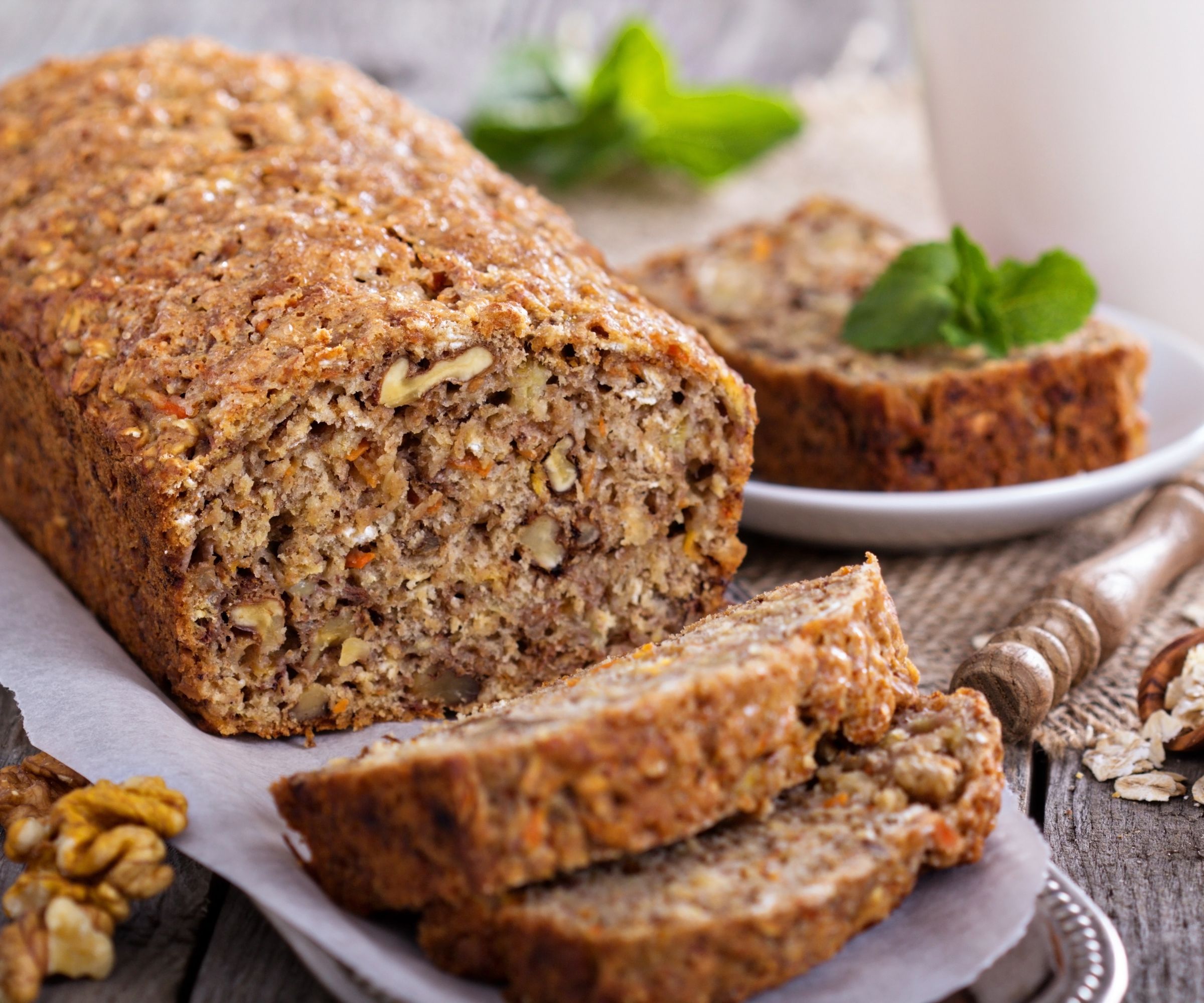
Juice pulp bread has been labelled 'the healthiest bread in the world' by some bakers. There are plenty of alternative breads on the market: zucchini bread, carrot bread, and even banana bread. Pulp bread is certainly one of my favorites, not only is it moist and delicious, it's packed with the fiber that we are all lacking in our modern day diets.
If you consider yourself to be a bread expert, you can add pulp to your standard bread recipe. Simply adjust the water and oil content of your mix until you reach the perfect texture. If you own a stand mixer (I strongly recommend the KitchenAid Artisan), you can normally tell by eye. If the bread comes clean off the sides of your bowl, it is the perfect texture.
When I make my weekly batch of carrot juice, I just add the fine carrot pulp to my normal bread mixture. The Magic Bullet Mini juicer is particularly good for this kind of bread, because the pulp reminds me of desiccated coconut in texture. It's not wet or sloppy and very easy to add into the stand mixer without having any baking issues.
If experimentation isn't your kind of method, there are plenty of recipes online too. When I made my first pulp bread, I used this recipe, but it's a sweet bread, which isn't for everyone.
2. Make a dip
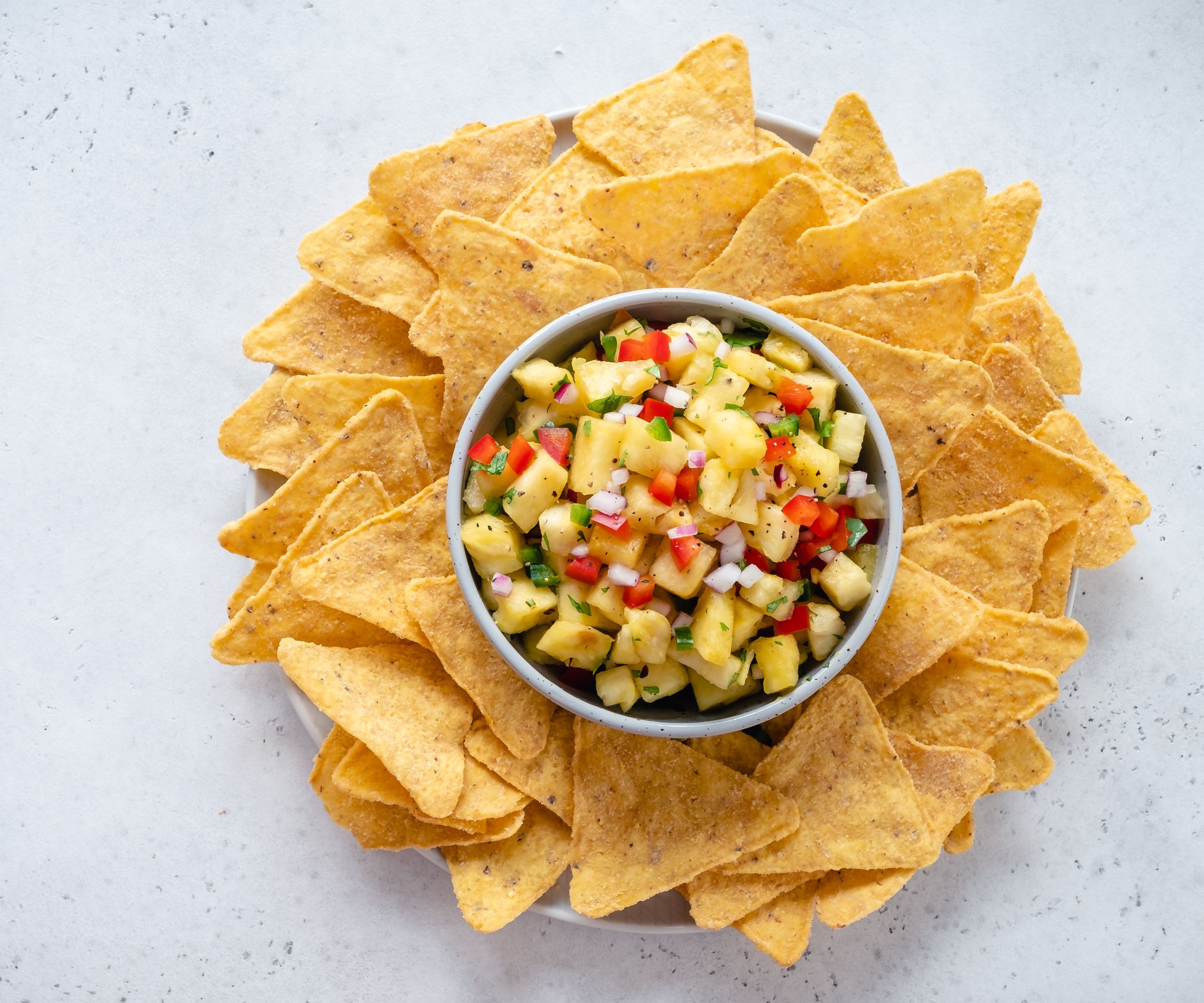
The best appliances for making dips are blenders or food choppers like this KitchenAid. However, when you've got waste from your juicer, you can often use it to make a dip. If I've made beet juice, I add a bit of salt and use corn chips to scoop it up. When I make an immune boosting carrot juice (carrot, ginger, and lemon), I add a spoonful of garlic paste, some salt, and natural yoghurt - it's delicious. I've served it at many dinner parties. It always gets compliments.
The pulp from most models would lend itself well to dips, but cold press, or masticating juicers tend to produce chunkier pulp, making them better suited for salsa dips. If you need a recommendation, the Kuvings EVO820 is our top pick for cold press juices.
3. Make patties
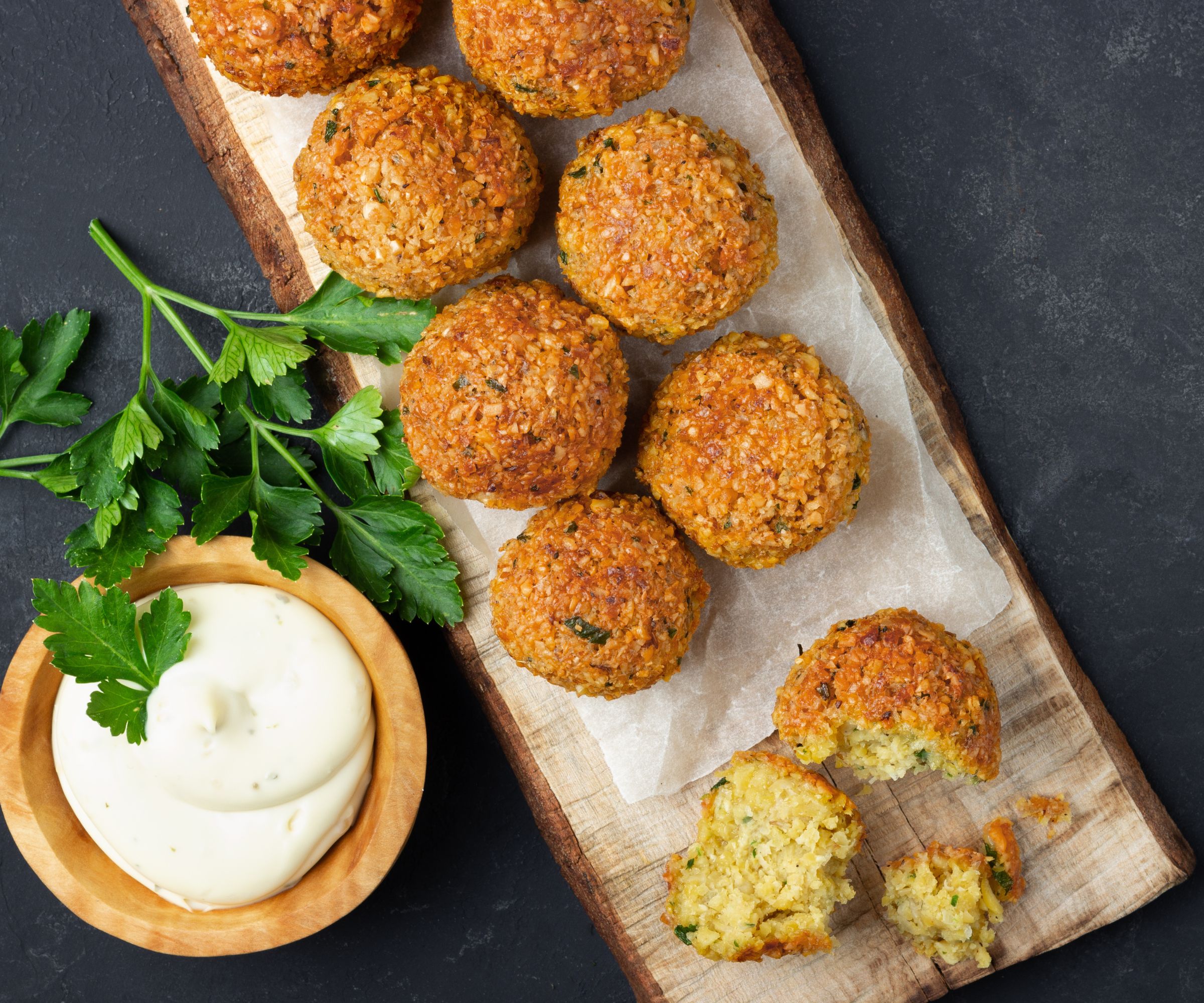
Patties seem like the obvious solution for using up pulp, but not everyone thinks of it. In fact, I stumbled across this by accident. I was having falafels at a friend's when I asked for her recipe and she told me that she uses her juicer waste to make them. It was her secret recipe, but, with full permission, I'm sharing her recipe with you.
If you make beetroot, carrot, or any root vegetable juice, blend the pulp with a can of chickpeas, a clove of garlic, one teaspoon cumin, a pinch of salt, a squeeze of lemon and two tablespoons of breadcrumbs. Then, all you need to do is roast them until they crisp up. They're delicious and healthy.
You'll need a good food processor or blender to achieve the perfect texture. I use the Nutribullet Pro 900, which I wouldn't swap for anything. However, if you need options we have best blender and best food processor buying guides.
4. Energy bars
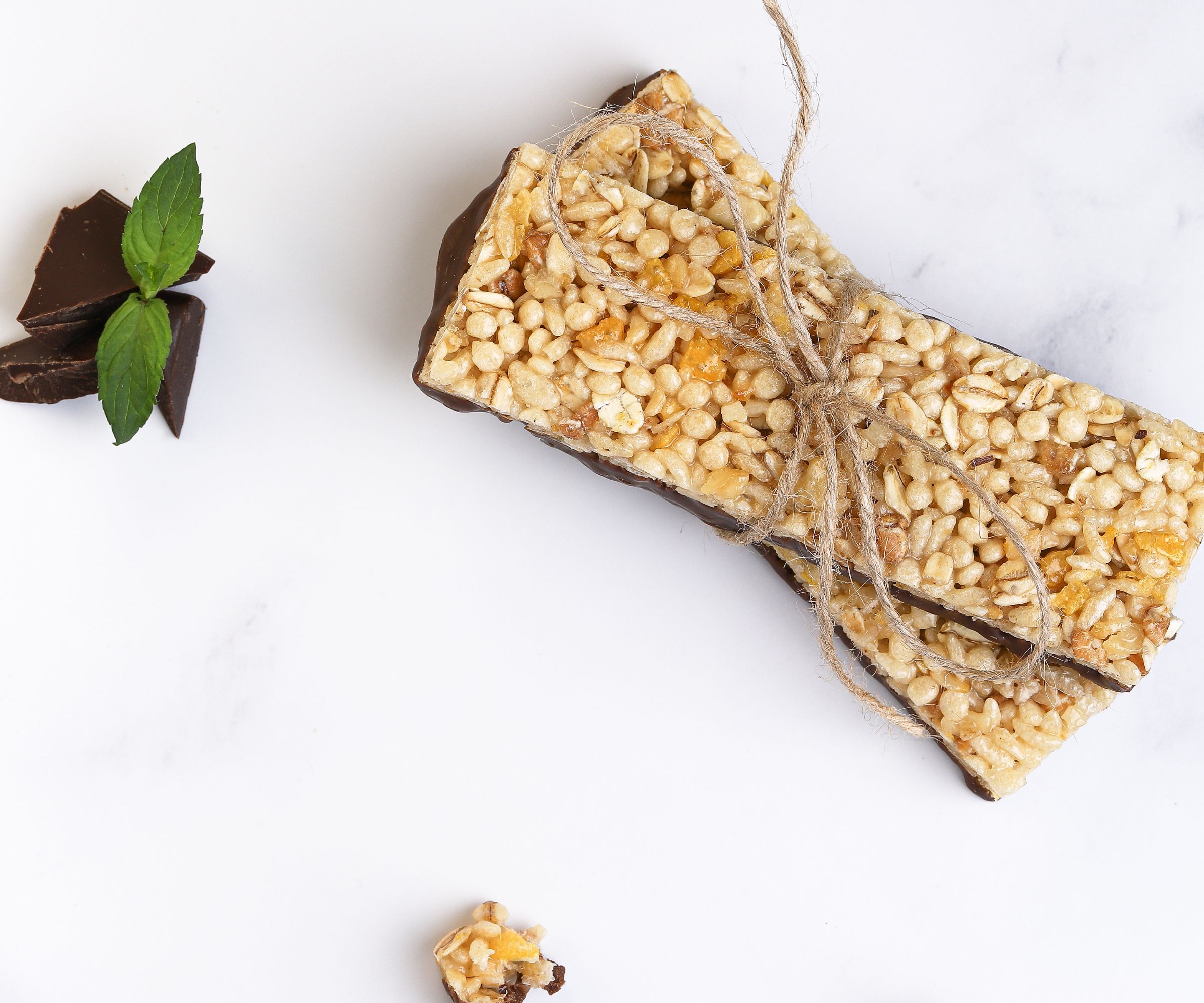
Some juicers make energy bars easier than others. The Nama J2 Juicer effectively produces a ready-made, cold pressed bar that you wouldn't need to touch. When we made almond milk in our test kitchen, we used dates, almonds, and water. The pulp accidentally ended up tasting like healthy marzipan. It was heavenly.
You can do this with a range of juicers, not just the Nama. If your pulp is a bit too sloppy, you can mix in ground almonds and oats. These might need to be baked for the most nutritious, delicious results. The best energy bars I've made come from making nut milks, because the nuts give some good texture. However, the other fruit juices that I've made have worked well too.
5. Add it to soup
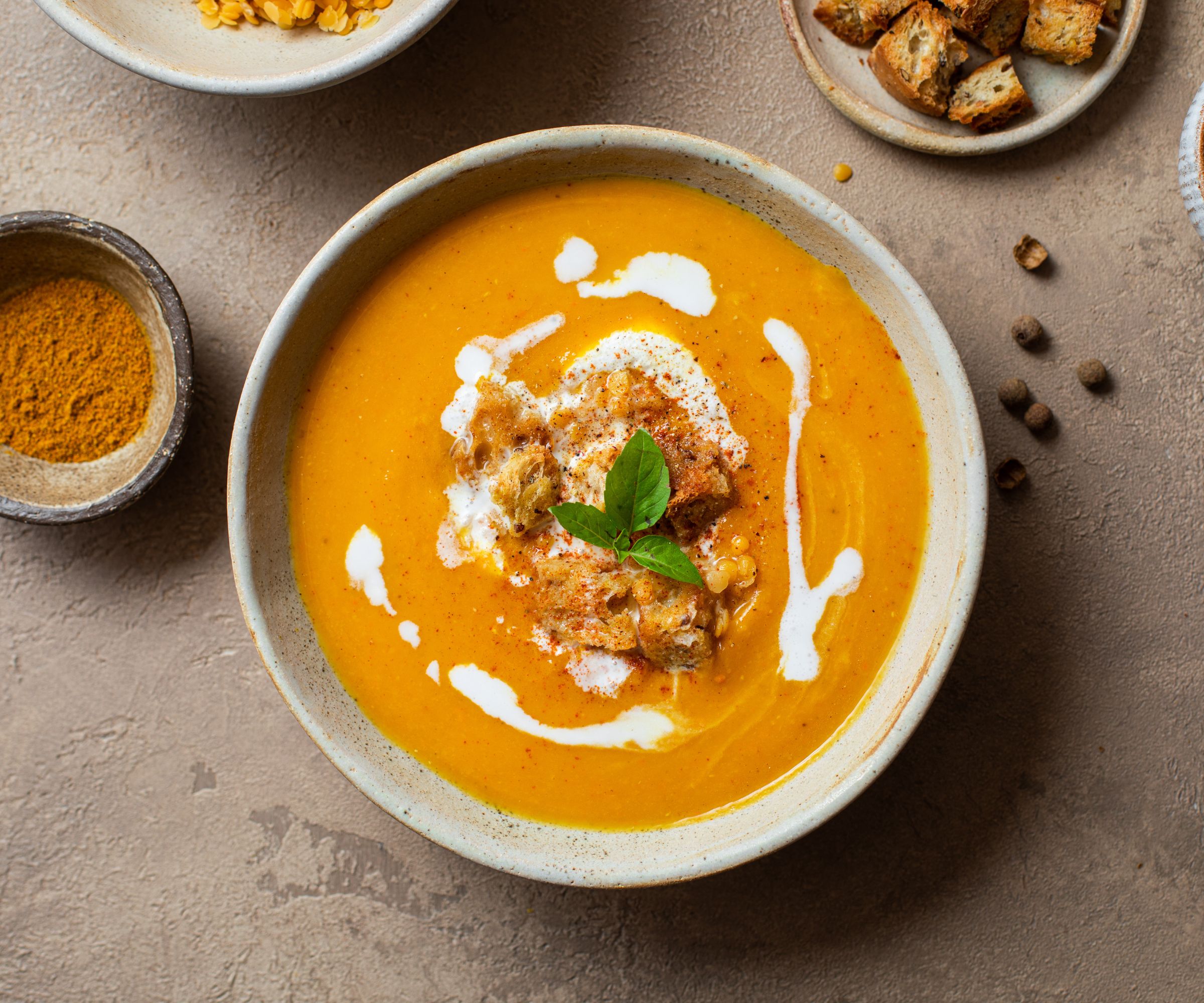
I love a chunky soup. Whether it's a bean stew or spiced lentil soup, these can take a lot of texture, mixing in a spoonful of your vegetable pulp can help add some extra flavor and texture to every soup. More often than not, I can't even taste the difference.
6. Add it to breakfast
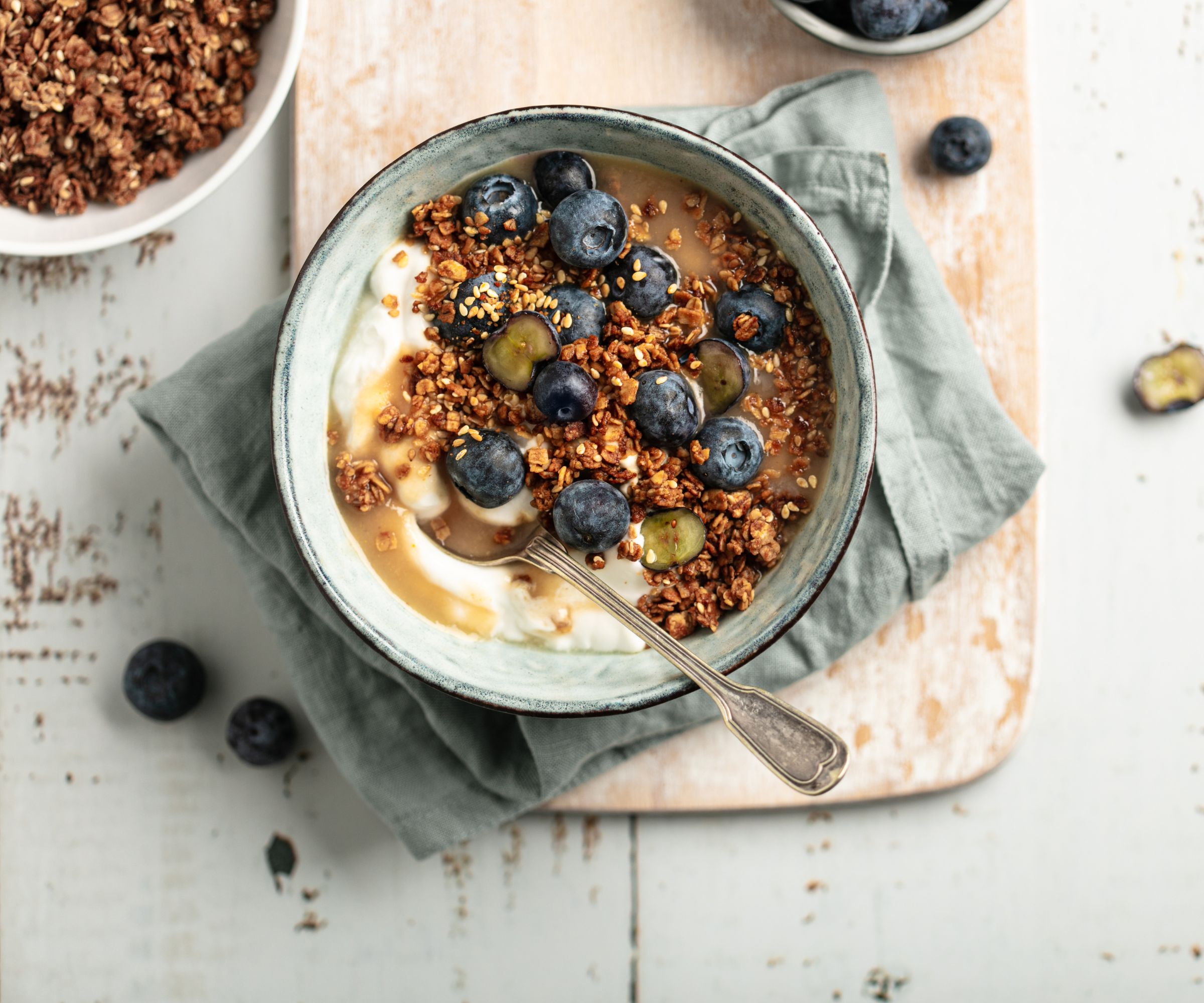
This is one of the easiest ways to use up your juicer waste. The first time I tested out using my juicer waste, I put it in a storage container like these from Amazon then kept it in my refrigerator. Any time I had a bowl of yogurt and fruit, I stirred in pulp with my nuts and seeds. It added some nice textures and flavors, especially when I had made a fruit juice. You can also stir pulp into porridge, overnight oats, and thick pancake batters. It's super easy.
7. Fruit leather
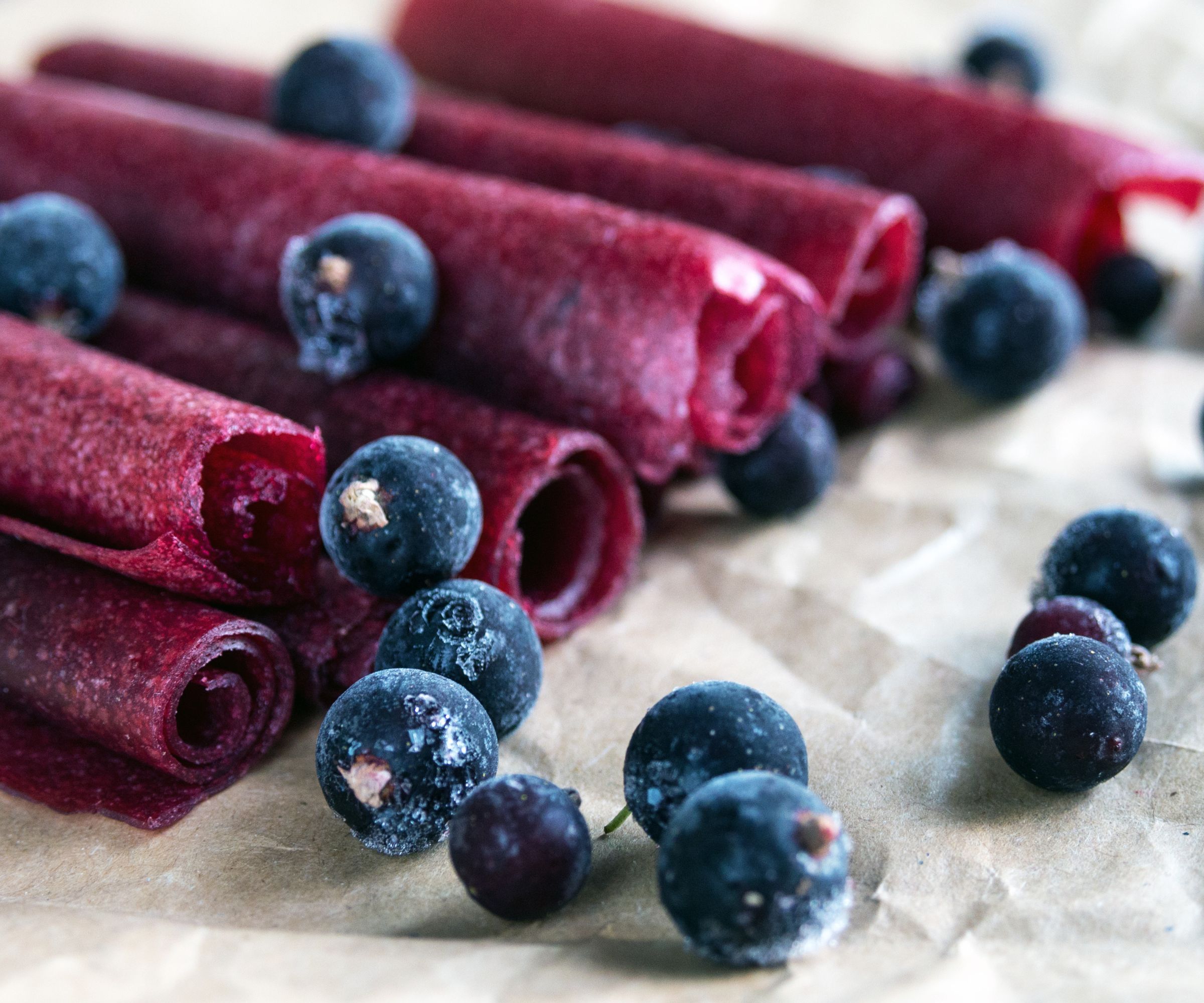
This feels very retro, but fruit leather, also known as fruit pastels, is a really portable and healthy snack. The recipe is super simple. You need to line a baking tray with wax paper (I like this re-usable beeswax wrap) and press your pulp flat.
Depending on your juicer, you might need to add some water to the fruit first. Once it is compacted onto the tray, place it inside a dehumidifier, countertop oven, or air fryer with dehumidifying settings and wait for it to slowly dry into fruit leather. If you need a recommendation, the Instant Vortex 6-in-1 air fryer is our top pick for all air fryers. The dehydration setting is really effective too.
8. Add it to cake
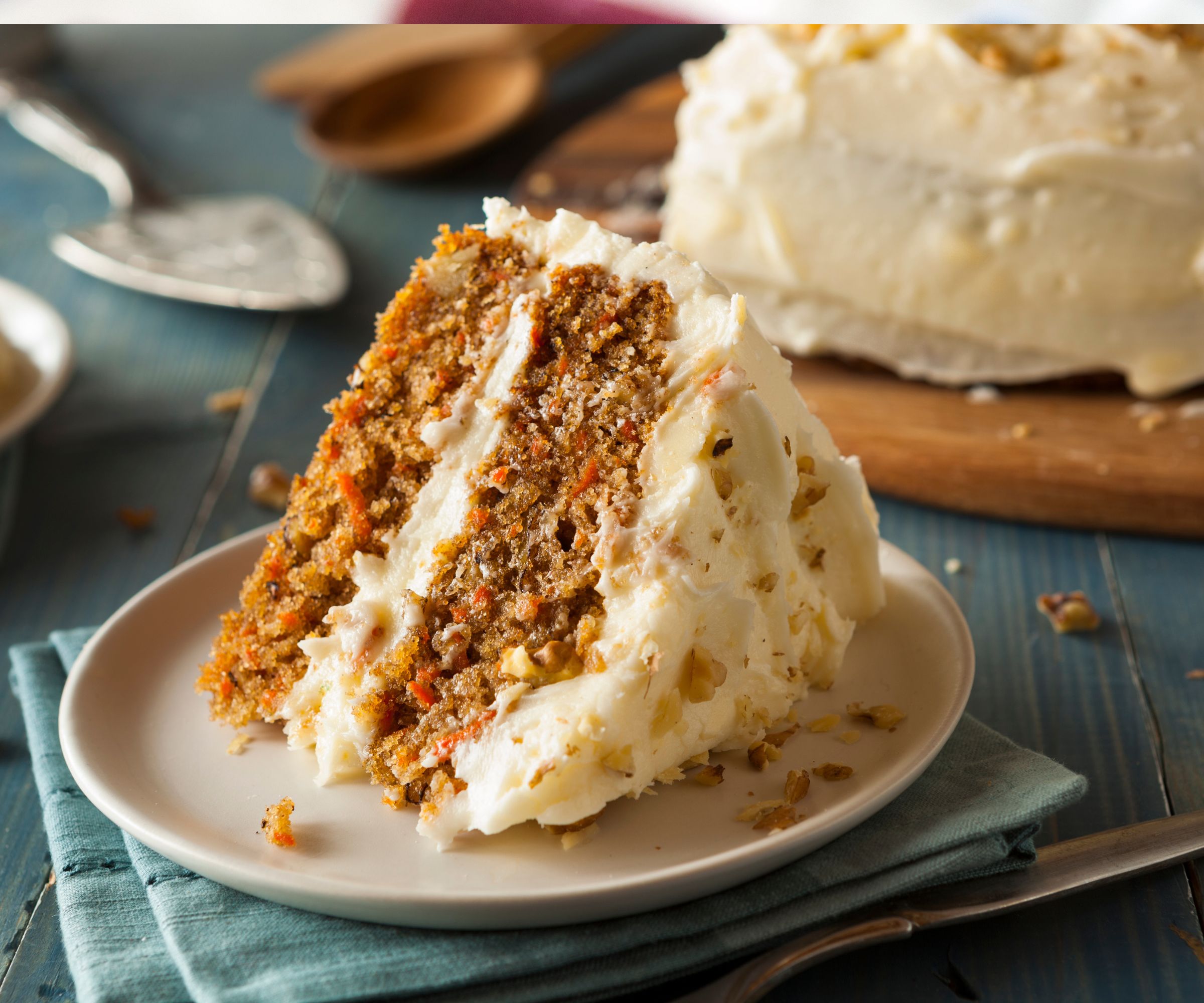
Cake doesn't have a reputation for it's high fiber content, but if you can mix your fruit pulp into a batter, you can make a delicious treat which also happens to have some health benefits.
If you've made carrot juice, carrot cake is a logical, easy recipe to use. If you've made apple juice, lumberjack cake will taste incredible with your pulp added in. Make sure you have the best cake pan for different loaves and sandwich cakes.
9. Make some pesto
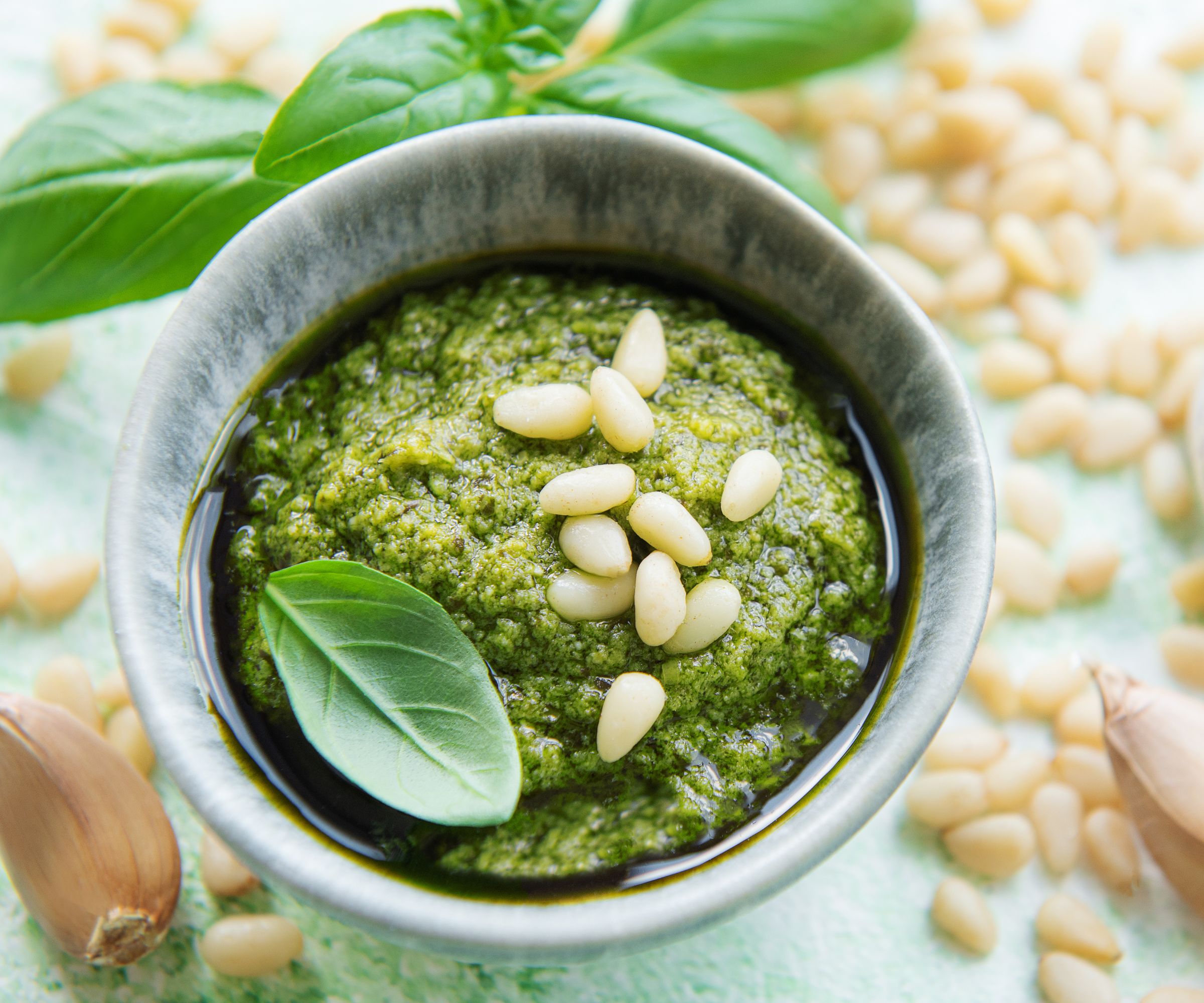
This doesn't always work, but if you've made almond milk, you can use the almonds with some basil, garlic, salt, and olive oil to make a chunky, home made pesto. This is delightful, fresh, and you won't ever buy shop bought pesto again. If you like yours with a little less texture, it's worth investing in a pestle and mortar like this from Amazon.
10. Make crackers
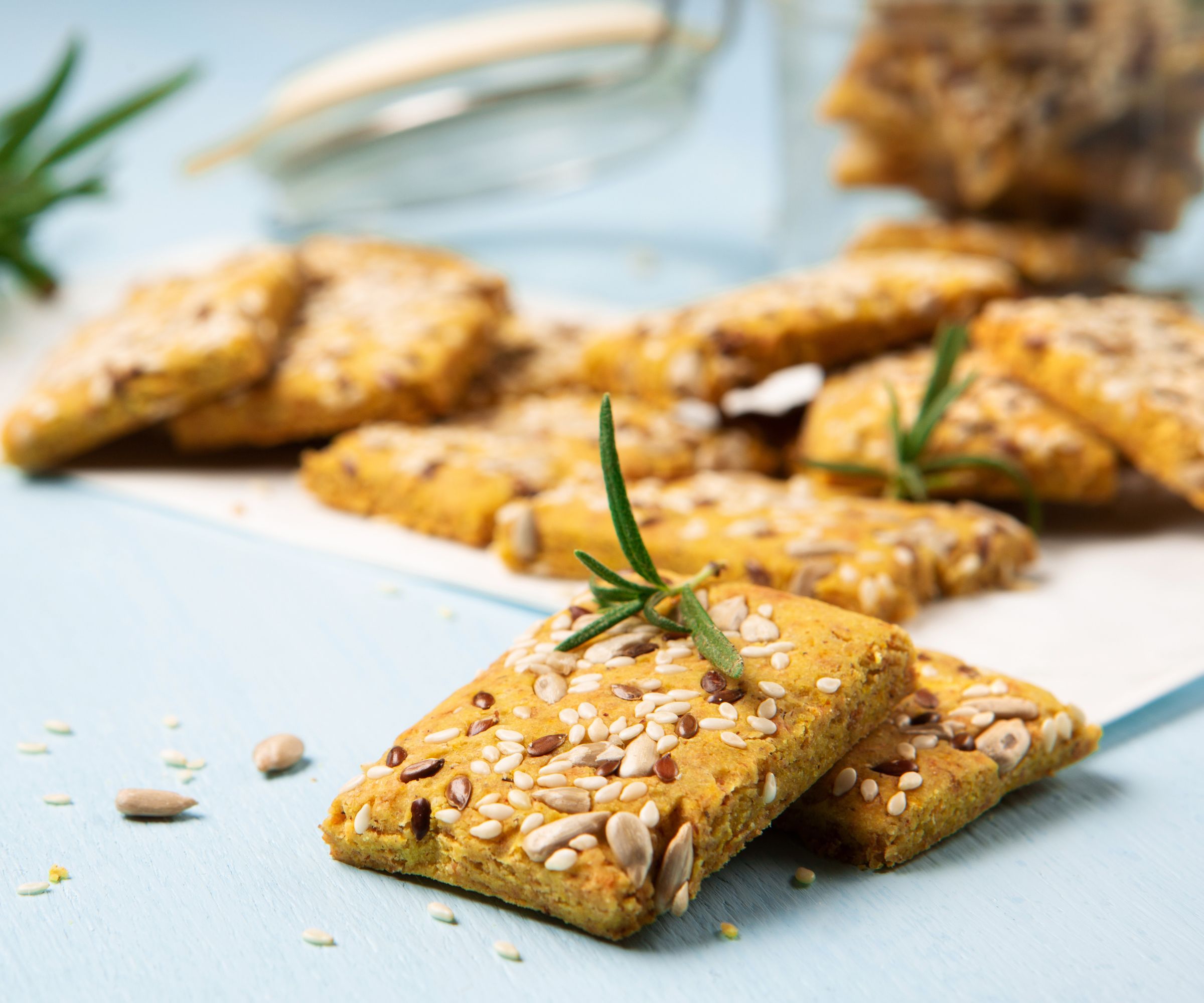
Gluten-free and vegan, these might not sound like the most appealing crisps to eat. However, with the right seasoning, they're delicious. I always follow this recipe when I make green juice and it works perfectly every time. The seasoning will make or break your crackers.
Best juicers
I test products for a living and juicers are among my favorite appliances. They make fresh, feel-good drinks, so if you don't have one and you're just interested in what to do with the waste, look no further.
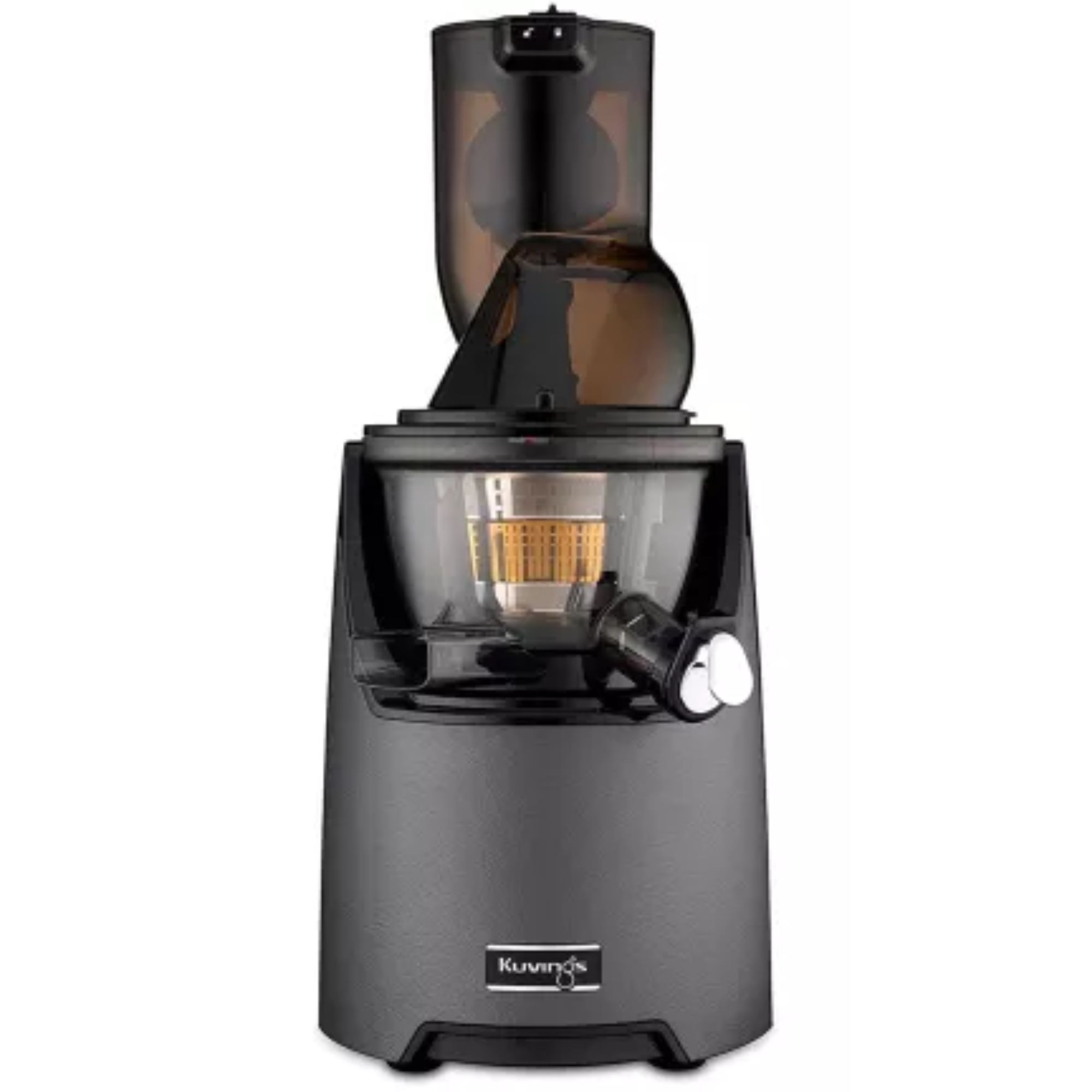
For flawless juice, this is the best juicer on the market. We tried everything out in the Kuvings juicer and it just kept juicing. Every time the juice was fresh and clean. It can make smoothies and sorbets too.
Our full Kuvings EVO820 review has more details
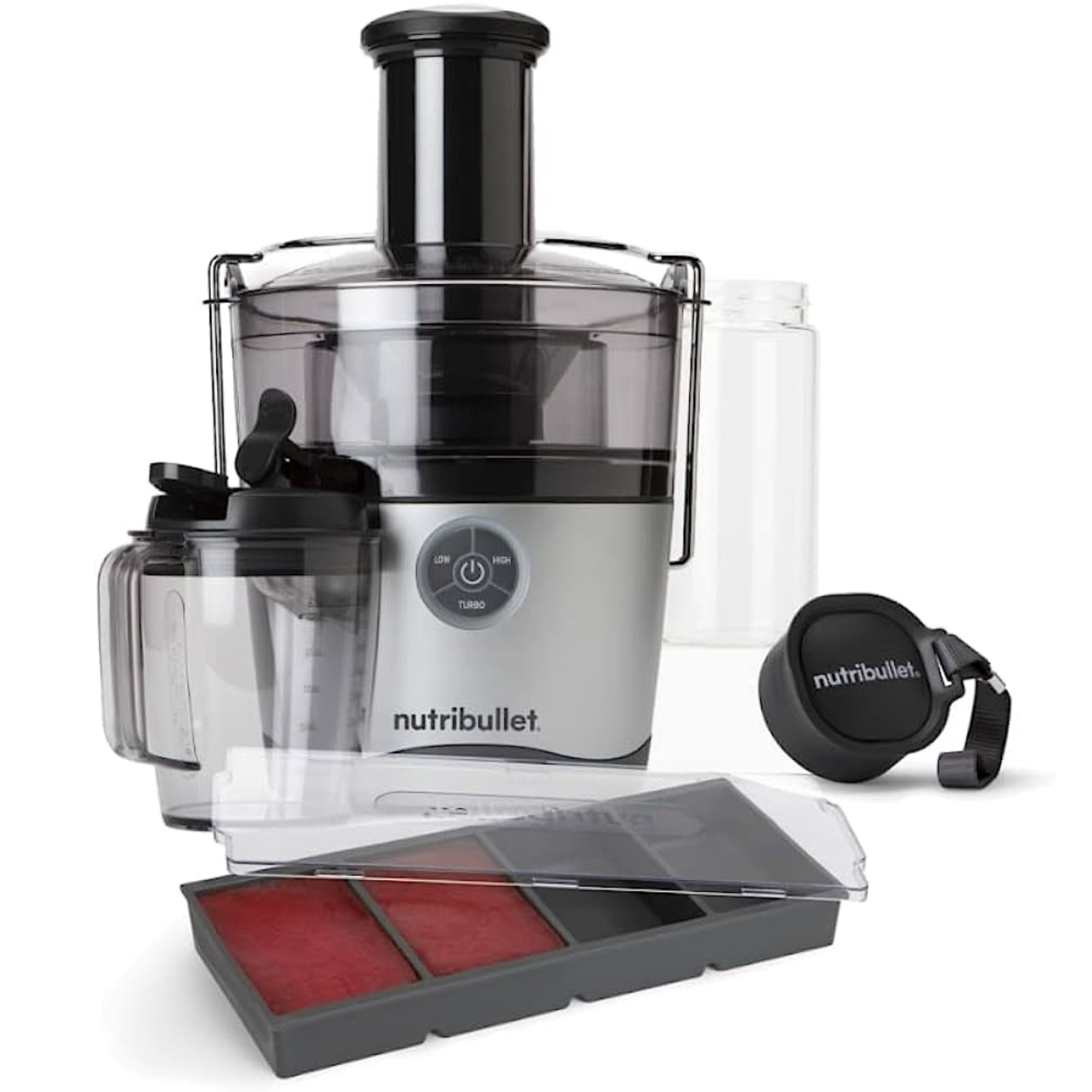
Incredibly powerful, this centrifugal juicer is fast and thorough. The wide chute means you don't have to do as much prep before juicing. It didn't struggle with tough skins or fibrous ginger either.
Our full NutriBullet Juicer Pro review has more details.
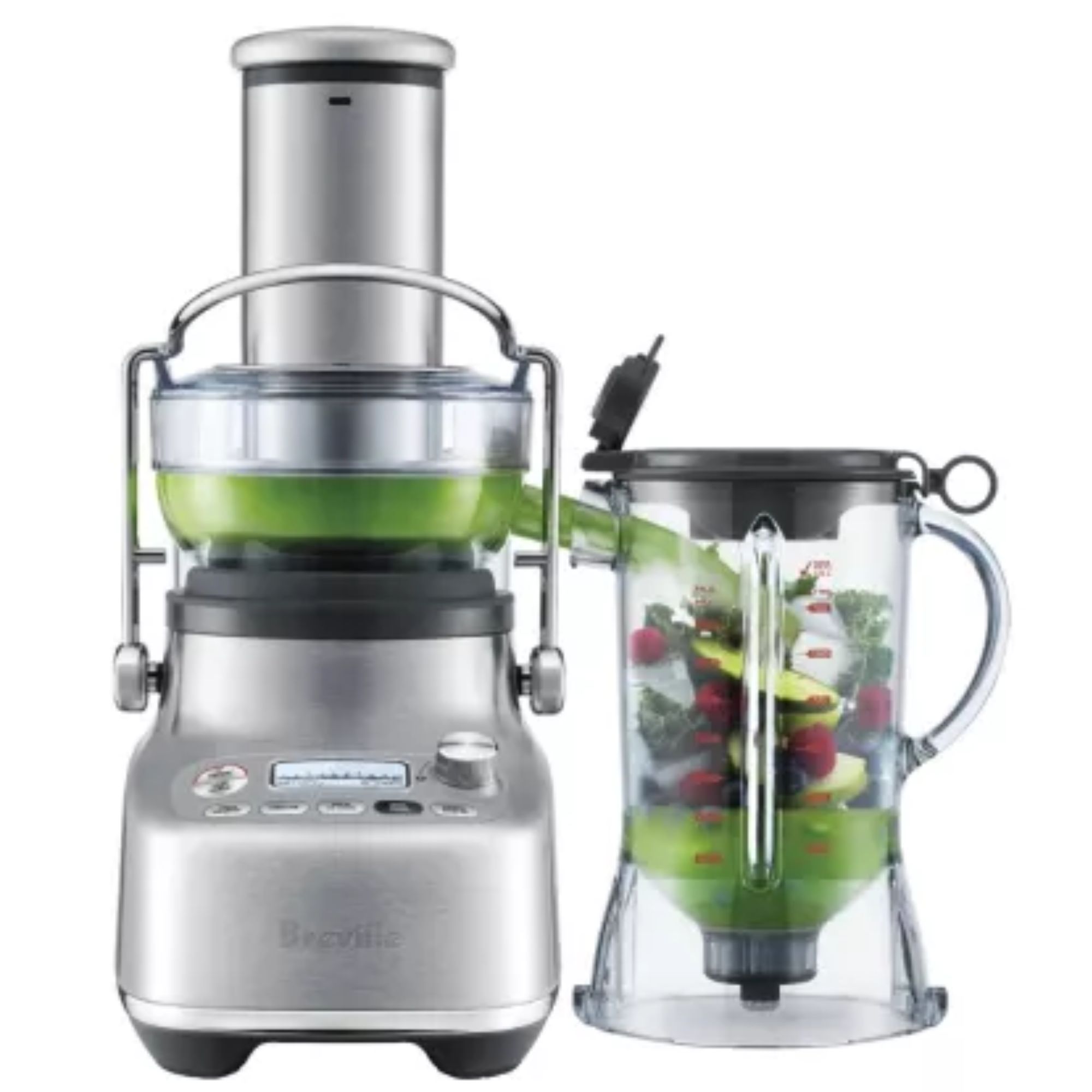
If you want a juicer, which can also blend, this versatile appliance is the one for you. It's really powerful, simple to use, and can juice at five different speeds. We through citrus fruits, hard fruits, and vegetables at this with no issues.
Our full Breville The 3x Bluicer review has more details.
FAQs
What can I do with leftover pulp from juicing?
There are so many ways that you can make use of juicer pulp. From mixing it in to cake batters to blending pulp into soup, you can add fiber to some of your favorite bakes.
Is the pulp leftover from juicing good for you?
The pulp is all the fiber from your fruit, so it's one of the best things for you. Being able to use it in a range of recipes is really good for you.
Final thoughts
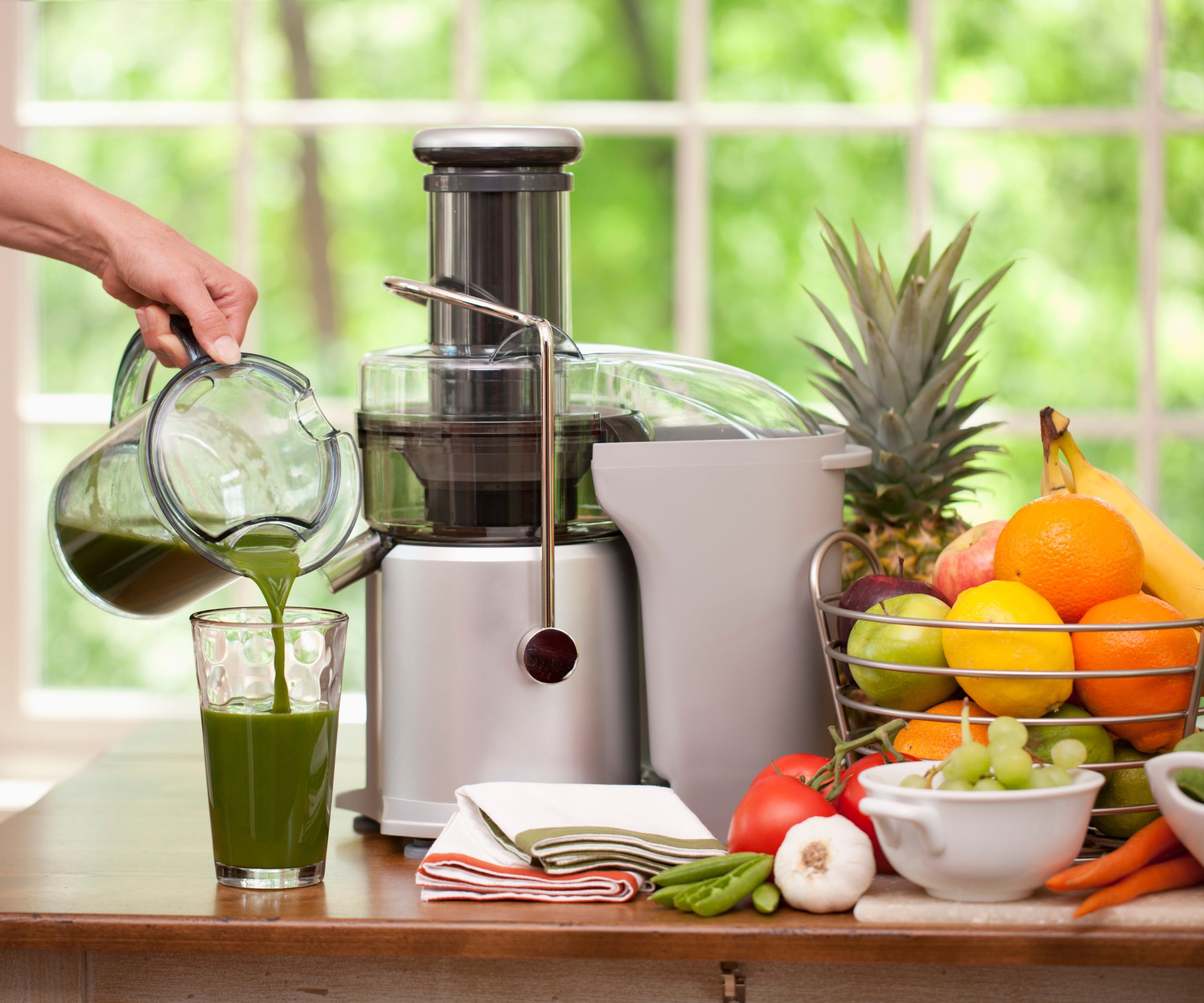
Fiber can be one of the toughest nutrition targets to hit, but if you juice regularly, it's right in front of you. I never throw my pulp out anymore. There are endless creative ways that you can cook up this delicious blend.
Sign up to the Homes & Gardens newsletter
Design expertise in your inbox – from inspiring decorating ideas and beautiful celebrity homes to practical gardening advice and shopping round-ups.

Laura is our eCommerce editor. As a fully qualified barista, she's our expert in all things coffee and has tested over thirty of the best coffee makers on the market. She has also interviewed Q-Graders and world-leading experts in the coffee industry, so has an intimate knowledge of all things coffee. Before joining Homes & Gardens, she studied English at Oxford University. Whilst studying, she trained as a master perfumer and worked in the luxury fragrance industry for five years. Her collection of home fragrance is extensive and she's met and interviewed five of the world's finest perfumers (also known as 'noses'). As a result of this expansive fragrance knowledge, she always puts quality and style over quantity and fads. Laura looks for products which have been designed simply and with thoughtful finishes.
-
 Do cleaning products expire? Professional cleaners warn time could make them ‘less effective, and in some cases, irritating to use’
Do cleaning products expire? Professional cleaners warn time could make them ‘less effective, and in some cases, irritating to use’For the best results, it pays to stay on top of the timeline of your cleaning products
By Chiana Dickson Published
-
 7 of the best tomatoes for growing in pots - expert growers pick their top varieties ideal for large harvests from containers
7 of the best tomatoes for growing in pots - expert growers pick their top varieties ideal for large harvests from containersYou can enjoy bumper homegrown harvests in small spaces
By Drew Swainston Published